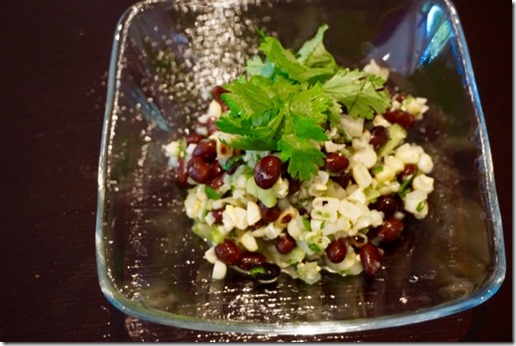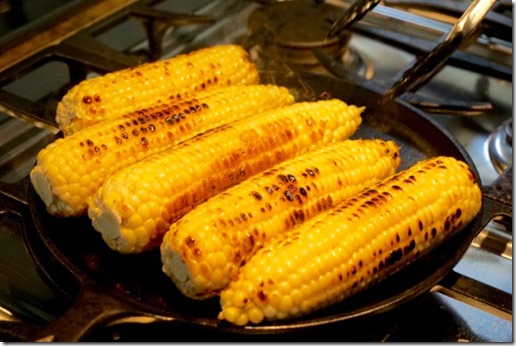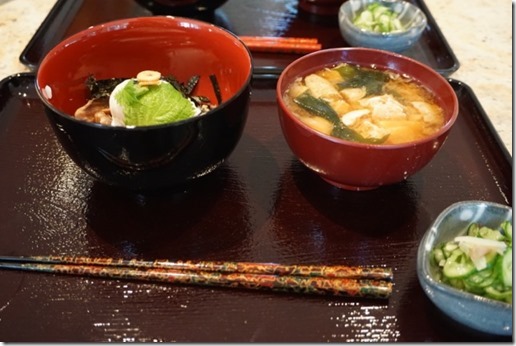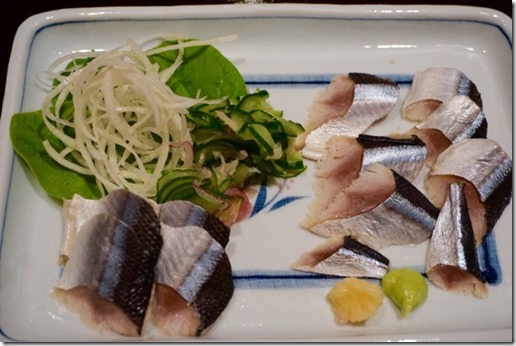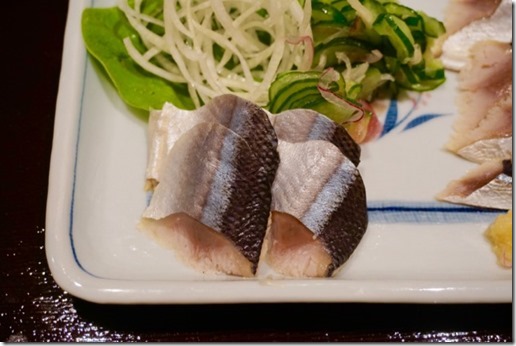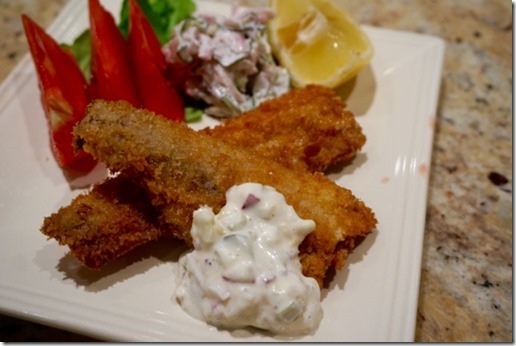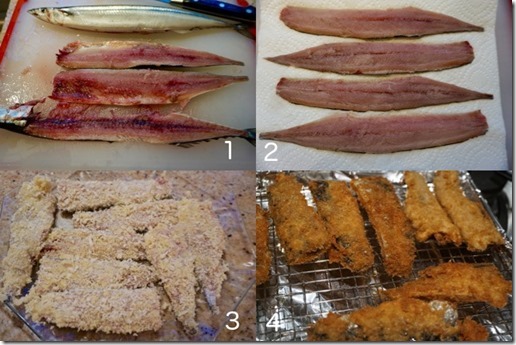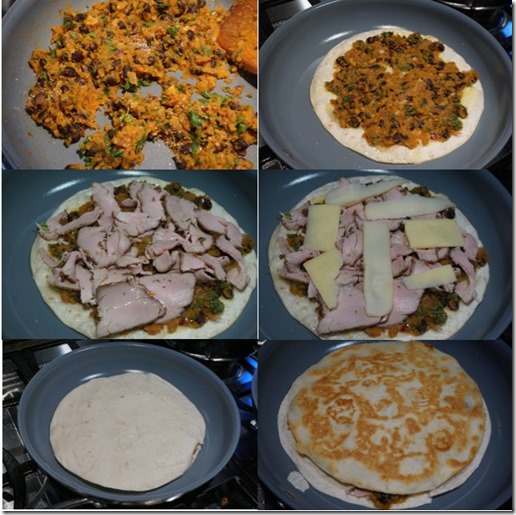
Even as the bread was baking the kitchen was filled with the wonderful smell of cheddar and Jalapeno. The cheddar cheese all melted and made a nice brown crust on the top and bottom.

The below is our variation of the original recipe ).
Ingredients:
1/2 cup milk
2 tablespoons sugar,
2 teaspoons dry yeast, 285 grams bread flour divided into two parts; 95 grams for the yeast sponge and 190 grams for the bread. As is usually the case with bread dough additional flour in reserve in case the dough was too wet.
4 tablespoons butter
1/2 teaspoon salt
2 large eggs
240 grams Cheddar cheese shredded (about 2 cups) (We used smoked Cheddar)
2 fresh jalapeno peppers, deseeded and deveined and finely chopped
Instructions:
1. Stir the sugar and salt into the milk and scald the milk stirring to dissolve the sugar and salt. Cool to about 105 degrees F (40 C), add the yeast to the mixture to proof it. Once the yeast becomes bubbly add the 95 grams flour. Cover and let this mixture rest in a warm place until it's doubled in size. This forms the sponge.
2) Add the remaining 190 grams of flour to the bowl of an electric mixer. Add the sponge and start mixing at a low speed. Add the eggs, one at a time until fully incorporated. Add the butter in pieces until fully incorporated. Add additional flour as needed until the dough is soft but not sticky. Kneed the dough for 7 to 10 minutes. Turn the dough out onto a well floured surface, let it rest for 5 to 10 minutes then roll it out into an 18 x 18 inch square (45 cm x 45 cm).
3) Sprinkle evenly with the cheese, putting a little extra cheese towards the edge closest to you and then scatter the jalapenos evenly over the top. (#1 in the picture below)
4) Roll the dough up and then slice the roll into thirds and then slice each third into 3 wheels. (#2 and 3 in the picture below. We sliced the pieces a bit thinner, after we divided the roll into thirds we sliced each third into 4 equal rolls).
5) We arranged them in a 8" x 8" greased pan lined with parchment paper. We covered the pan with saran wrap and let it rise in a warm place (we had a bit irregular diameters, #4 in the picture below). We preheated the oven to 350 degrees F.
6)When the dough had risen to fill the pan, we placed it in the preheated oven and baked until golden brown (25-30 minutes).
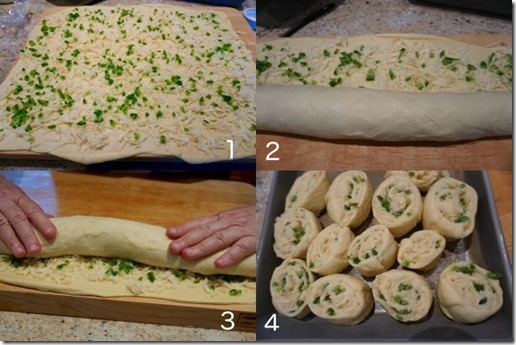
Even though we deviated a bit from the original recipe we love this roll . The cheese we used gave it a very nice smoky cheddar flavor. The fresh jalapeno pepper taste was also very nice without heat. Interestingly the cheese melted into the bread adding moisture and out the top and bottom making a crunchy crust. This is a perfect roll for a snack.





















